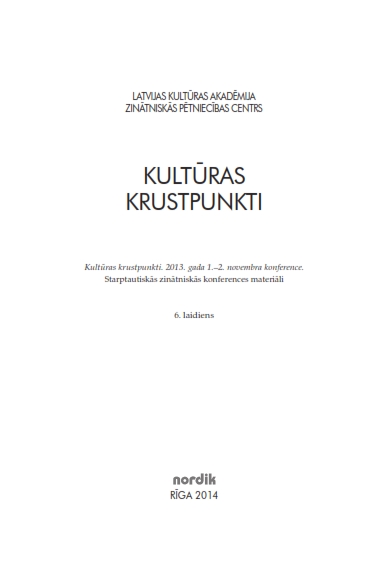Svētupes Lībiešu Upuralas – no svētvietas līdz tūrisma objektam
Caves Lībiešu Upuralas at the River Svētupe: From a Sanctuary to a Tourism Destination
Author(s): Sandis Laime, Juris UrtānsSubject(s): Archaeology, Cultural history, Local History / Microhistory, Tourism, History of Religion
Published by: Latvijas Kultūras akadēmija
Keywords: Caves Lībiešu Upuralas; sacred places; tourism; offering;
Summary/Abstract: Caves Lībiešu Upuralas – The Livonian Sacrifice Caves, one of the dominant cultural landscapes on the banks of the River Svētupe is a good example how one and the same place can gain differentmeanings depending on various groups of the society and various conditions, whereas the interrelation of these meanings and changes throughout time can establish the identity of a specific place. The archaeological materials have proved that local Livonians started to use these caves as sanctuary in the 14th century. In the 16th century when sacrifices in the cave were the most intensive, this place, according to the evidence of written sources and graffiti carved in the walls of the caves, became a sightseeing or tourism site for other nationalities. The analysed material points out to the fact that from the 19th century a sacred space of local significance gradually was turned into one of the country’s tourism destinations, whereas at the end of the 20th century and the beginning of the 21st century it gained the image of a modern sanctuary, but lost its special significance as a sacred place in the interpretation of the local population.
Journal: Culture Crossroads
- Issue Year: 6/2014
- Issue No: 1
- Page Range: 21-34
- Page Count: 14
- Language: Latvian

